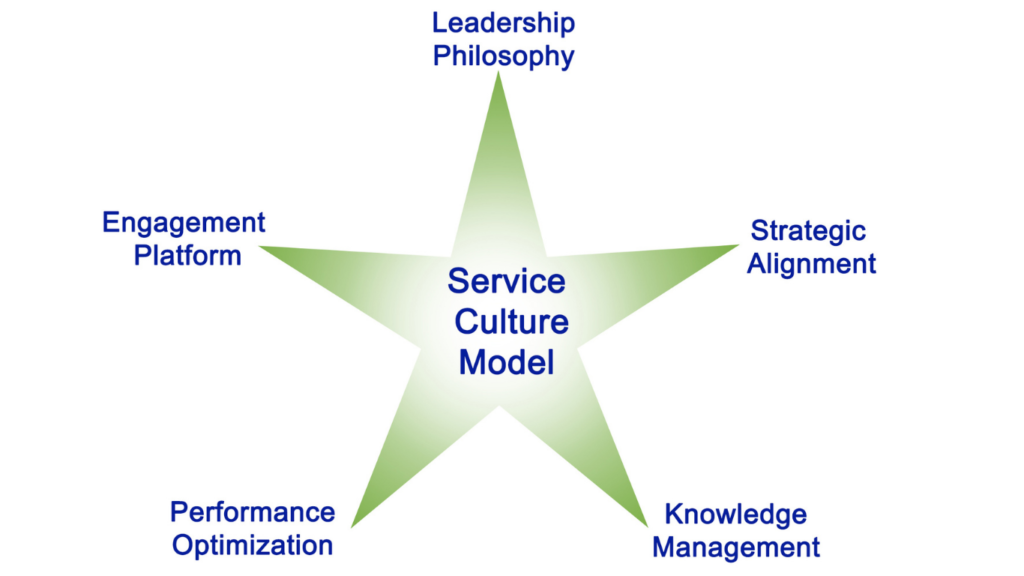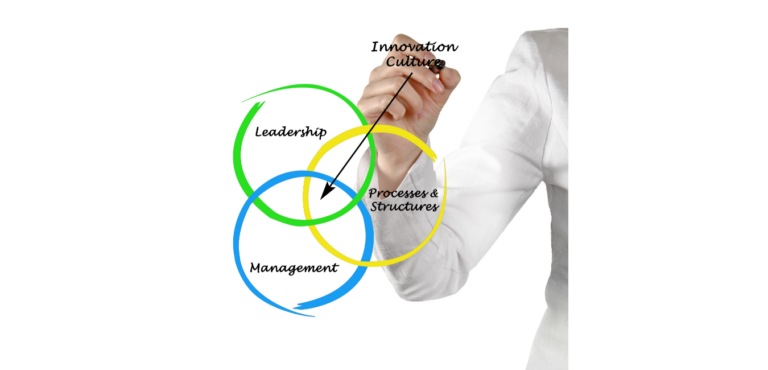
One’s role as a manager of a restaurant or other foodservice establishment is critical to its success. They are in charge of making sure the establishment runs smoothly and efficiently. This could involve:
- Administration – coordinating front and back-of-house operations, taking reservations, and handling any problems that arise
- Customer service – handling customer inquiries and complaints and ensuring the customers have a pleasant dining experience
- Human resources – hiring, training, and managing sufficient staff; optimizing workflow and productivity
- Supply chain and procurement – planning menus and ensuring the right food is ordered, the quality of the food, and its storage. It is making sure that inventory is in good order and abundant
- Health & safety – could range from the safety of the food to procedures in the kitchen and ensuring there are no accidents
- Compliance – making sure all rules and regulations are followed and ensuring compliance with internal policies and procedures
- Accounting and marketing – checking bottom-line profits and promoting the restaurant
- Leadership – strong capacity for leading others while forging a path toward leadership readiness and visionary capability.
This can be challenging to juggle the many hats required for a successful operation. This is especially true for the manager who wants to be seen as having the ability to go beyond managing to becoming leadership material worthy of greater opportunities. Implementing systems such as checklists, item trackers, or waste trackers can help. Yet, leadership requires more.














